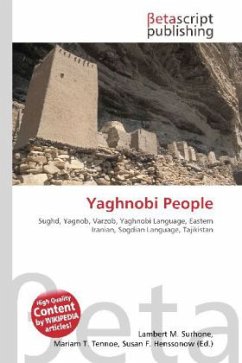High Quality Content by WIKIPEDIA articles! The Yamato people are the dominant native ethnic group of Japan. It is a term that came to be used around the late 19th century to distinguish the residents of the mainland Japan from other minority ethnic groups who have resided in the peripheral areas of Japan such as Ainu, Ryukyuans, Nivkhs, Ulta, as well as Koreans, Taiwanese, and Taiwanese aborigines who were incorporated into the Empire of Japan in the early 20th century. The name "Yamato" comes from the Yamato Court that existed in Japan in the 4th century. It was originally the name of the region where the Yamato people first settled in Nara Prefecture. In the 6th century, the Yamato people - one of many tribes, of various origins, who had colonized Japan in prehistory - founded a state modeled on the Chinese states of Sui and Tang, the center of Asian political influence at the time. As the Yamato influence expanded, their Old Japanese language became the common spoken language. Ryukyuan, the languages of the Ryukyu Islands, split from Old Japanese somewhere between the 3rd and 5th centuries.
Bitte wählen Sie Ihr Anliegen aus.
Rechnungen
Retourenschein anfordern
Bestellstatus
Storno








